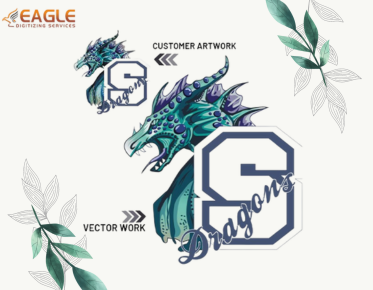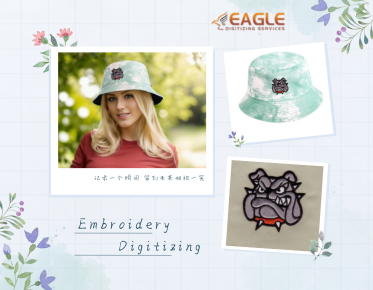How Embroidery Machines Perform Stitching
Embroidery machines have revolutionized the textile industry by automating the intricate process of stitching designs onto fabric. These machines are equipped with advanced technology that allows them to produce precise and consistent embroidery patterns. Understanding how these machines work can provide valuable insights into their capabilities and the role they play in modern embroidery.
The Basics of Embroidery Machines
At the core of an embroidery machine's operation is its ability to read digital files that dictate the stitching pattern. These files, often created through embroidery digitizing, convert artwork into a format that the machine can interpret. The machine then uses this information to control the movement of the needle and the fabric, ensuring that the design is stitched accurately.
Components of an Embroidery Machine
An embroidery machine consists of several key components that work together to create the final embroidered product. These include the needle, thread, fabric hoop, and the computerized control system. The needle moves up and down, while the fabric hoop holds the material in place, allowing the machine to stitch the design precisely.
The Role of Digitizing in Embroidery
Digitizing is a crucial step in the embroidery process. It involves converting a design into a digital file that the embroidery machine can read. This process requires specialized software and skilled digitizers who can ensure that the design is accurately translated into stitches. Companies like Eagle Digitizing specialize in providing high-quality digitizing services, ensuring that each design is optimized for machine embroidery.
Advantages of Using Embroidery Machines
Embroidery machines offer several advantages over traditional hand embroidery. They are capable of producing complex designs with high precision and consistency. Additionally, they can work at a much faster pace, making them ideal for large-scale production. The use of computerized systems also allows for easy customization and replication of designs.
Understanding the Stitching Process
The stitching process in an embroidery machine begins with the selection of the appropriate thread and needle. The machine then follows the instructions from the digitized file, moving the needle and fabric hoop in a coordinated manner to create the design. The precision of the machine ensures that each stitch is placed accurately, resulting in a high-quality finished product.
Challenges and Solutions in Machine Embroidery
While embroidery machines offer many benefits, they also present certain challenges. For instance, thread breakage and tension issues can affect the quality of the embroidery. However, companies like Eagle Digitizing have developed techniques to minimize these issues, ensuring smooth and efficient operation of the machines.
The Future of Embroidery Machines
As technology continues to advance, embroidery machines are becoming more sophisticated. Innovations such as 3D embroidery and the use of new materials are expanding the possibilities of what can be achieved with machine embroidery. The future of embroidery machines looks promising, with the potential for even greater precision and creativity in design.
Exploring New Opportunities
For businesses and individuals interested in embroidery, understanding the capabilities of modern embroidery machines can open up new opportunities. Whether it's creating custom designs for apparel or producing promotional products, the versatility of these machines makes them a valuable tool in the textile industry. As the demand for personalized and unique products grows, the role of embroidery machines is likely to become even more significant.
Embroidery machines have transformed the way designs are stitched onto fabric, offering speed, precision, and versatility. By leveraging the expertise of companies like Eagle Digitizing, businesses can ensure that their embroidery projects are executed with the highest quality and efficiency. As technology continues to evolve, the potential for innovation in embroidery is vast, promising exciting developments in the years to come.



